The history of the Lotus Cortina begins around 1961, when the best of Ford and Lotus got together. Colin Chapman had been looking to build his own engines for Lotus for quite some time (mainly because the Coventry Climax unit was so expensive). Colin Chapman's chance came when he commissioned Harry Mundy (close friend, designer of the Coventry Climax engine and technical editor for The Autocar) to design a twin-cam version of the Ford Kent engine. Most of the development of the engine was done on the 997 cc and 1,340 cc bottom end, but in 1962 Ford released the 116E five bearing 1,499 cc engine and work centered on this. Keith Duckworth, from Cosworth, played an important part in tuning of the engine. The engine's first appearance was in 1962 at the Nürburgring in a Lotus 23 driven by the legend, Jim Clark. Almost as soon as the engine was used in production cars it was recalled and replaced with a larger capacity unit to give 1,558 cc. This was done to get the car closer to the 1.6 litre capacity class in motorsport. The speed at which development and production started moving is incredible by today's standards as the Type 28 or Lotus-Cortina was born. Ford supplied the 2-door Cortina bodyshells and took care of all the marketing and selling of the cars, whilst Lotus did all the mechanical and cosmetic changes. The major changes involved installing the 1,558cc motor, together with the same close ratio gearbox as the Elan. The rear suspension was drastically altered and lightweight alloy panels were used for doors, bonnet and boot. Also lightweight casing were fitted to gearbox and differential. All the Lotus factory cars were white with a green stripe and received front quarter bumpers and round Lotus badges fitted to rear wings and to the left side of the radiator panel as you face the car. MBP 818D was first registered in June 1966 and has been used competitively in its lifetime. Indeed, offered with full MSA papers, this car is highly eligible for classic rallying and can be campaigned for use on the historic stage championship amongst others. The bodyshell sports fully strengthened 'A' posts and outriggers, strengthened inner wings. The car is finished in Ermine White with Sherwood Green stripes as per factory specification. The fireproofed interior is carpeted in black and fitted with a full Safety Devices race roll cage and strengthened floor plates. The cage is bolted in, has removable diagonals and fitted door bars for improved safety. All original Lotus dashboard and wiring exists inside, the only replacement instrument being the rev counter. The dashboard is fully fused and wired with a 60 amp ammeter fitted and is further wired for twin fuel pumps, auxiliary spot/fog lamps, horn, washers and reversing lamp. The front seats are fully harnessed Sparco Internationals with alloy side mounts on steel cross bars welded to the floor and separated by a converted centre tunnel handbrake. The suspension changes to this particular car see it now supported by Leda adjustable platform front legs with tarmac springs and competition roller top mounts. The rear of the car has adjustable Leda shock absorbers with tarmac leaf springs and each wheel has all new competition bushes. The gearbox on MBP 818D remains as the original Lotus gearbox, though it was rebuilt circa 2005/2006. The impressive Lotus engine is also original, however it has been subject to much work including being lightened and balanced, fitted with steel main bearing caps, hp.hc oil pump, L1 and L2 cam, competition water pump, electronic ignition with quick change pack and new engine competition mountings, much of the preparation having been carried out by Mike Brown Rally Services in London. Brakes, axle, fuel tank, alternator, radiator head and extinguisher system have all undergone work too, and these works are documented within the history file of the car which also logs other spending, examples of which being £3000 on steel ½ shafts in 2008 at Tony Tho
The history of the Lotus Cortina begins around 1961, when the best of Ford and Lotus got together. Colin Chapman had been looking to build his own engines for Lotus for quite some time (mainly because the Coventry Climax unit was so expensive). Colin Chapman's chance came when he commissioned Harry Mundy (close friend, designer of the Coventry Climax engine and technical editor for The Autocar) to design a twin-cam version of the Ford Kent engine. Most of the development of the engine was done on the 997 cc and 1,340 cc bottom end, but in 1962 Ford released the 116E five bearing 1,499 cc engine and work centered on this. Keith Duckworth, from Cosworth, played an important part in tuning of the engine. The engine's first appearance was in 1962 at the Nürburgring in a Lotus 23 driven by the legend, Jim Clark. Almost as soon as the engine was used in production cars it was recalled and replaced with a larger capacity unit to give 1,558 cc. This was done to get the car closer to the 1.6 litre capacity class in motorsport. The speed at which development and production started moving is incredible by today's standards as the Type 28 or Lotus-Cortina was born. Ford supplied the 2-door Cortina bodyshells and took care of all the marketing and selling of the cars, whilst Lotus did all the mechanical and cosmetic changes. The major changes involved installing the 1,558cc motor, together with the same close ratio gearbox as the Elan. The rear suspension was drastically altered and lightweight alloy panels were used for doors, bonnet and boot. Also lightweight casing were fitted to gearbox and differential. All the Lotus factory cars were white with a green stripe and received front quarter bumpers and round Lotus badges fitted to rear wings and to the left side of the radiator panel as you face the car. MBP 818D was first registered in June 1966 and has been used competitively in its lifetime. Indeed, offered with full MSA papers, this car is highly eligible for classic rallying and can be campaigned for use on the historic stage championship amongst others. The bodyshell sports fully strengthened 'A' posts and outriggers, strengthened inner wings. The car is finished in Ermine White with Sherwood Green stripes as per factory specification. The fireproofed interior is carpeted in black and fitted with a full Safety Devices race roll cage and strengthened floor plates. The cage is bolted in, has removable diagonals and fitted door bars for improved safety. All original Lotus dashboard and wiring exists inside, the only replacement instrument being the rev counter. The dashboard is fully fused and wired with a 60 amp ammeter fitted and is further wired for twin fuel pumps, auxiliary spot/fog lamps, horn, washers and reversing lamp. The front seats are fully harnessed Sparco Internationals with alloy side mounts on steel cross bars welded to the floor and separated by a converted centre tunnel handbrake. The suspension changes to this particular car see it now supported by Leda adjustable platform front legs with tarmac springs and competition roller top mounts. The rear of the car has adjustable Leda shock absorbers with tarmac leaf springs and each wheel has all new competition bushes. The gearbox on MBP 818D remains as the original Lotus gearbox, though it was rebuilt circa 2005/2006. The impressive Lotus engine is also original, however it has been subject to much work including being lightened and balanced, fitted with steel main bearing caps, hp.hc oil pump, L1 and L2 cam, competition water pump, electronic ignition with quick change pack and new engine competition mountings, much of the preparation having been carried out by Mike Brown Rally Services in London. Brakes, axle, fuel tank, alternator, radiator head and extinguisher system have all undergone work too, and these works are documented within the history file of the car which also logs other spending, examples of which being £3000 on steel ½ shafts in 2008 at Tony Tho
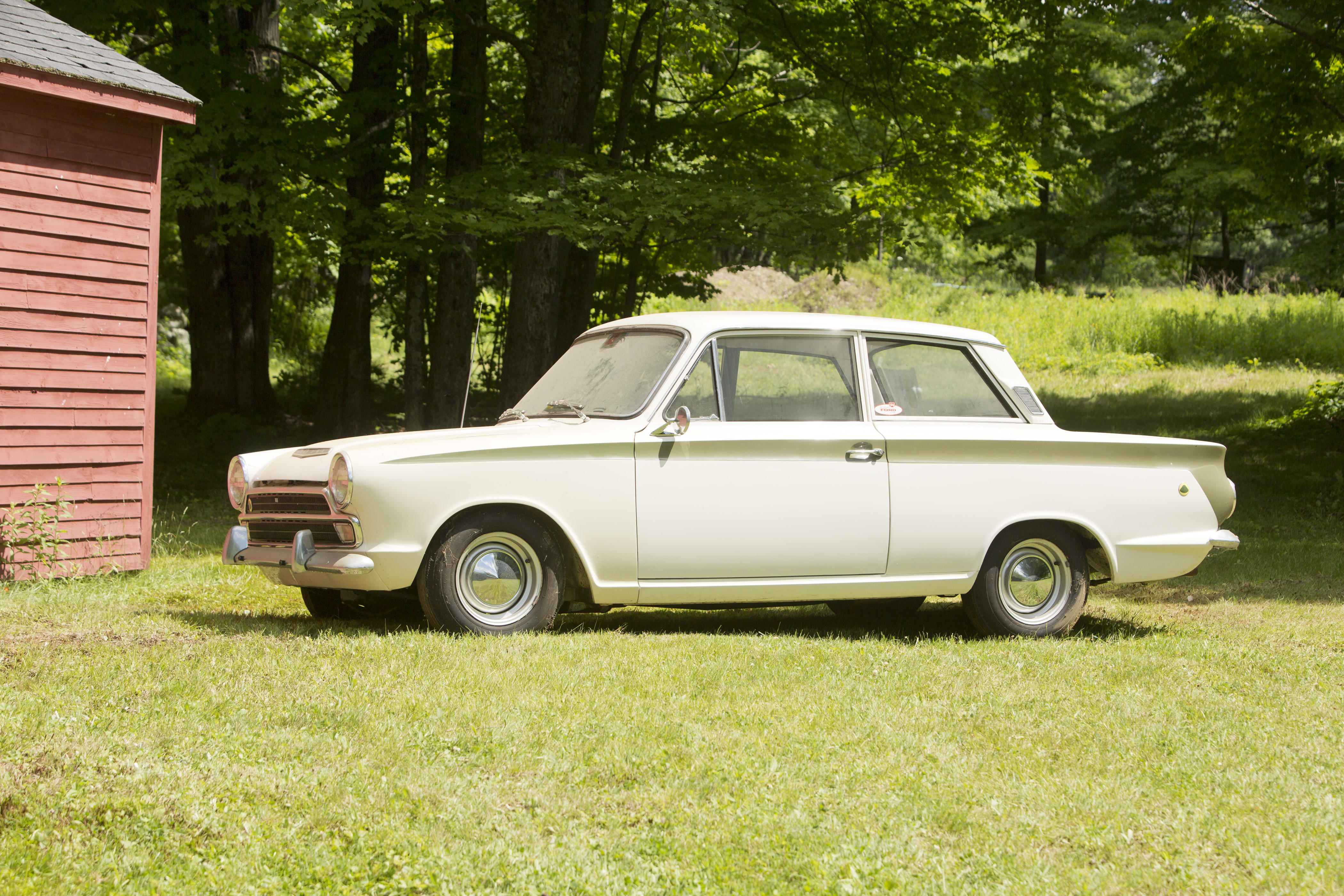
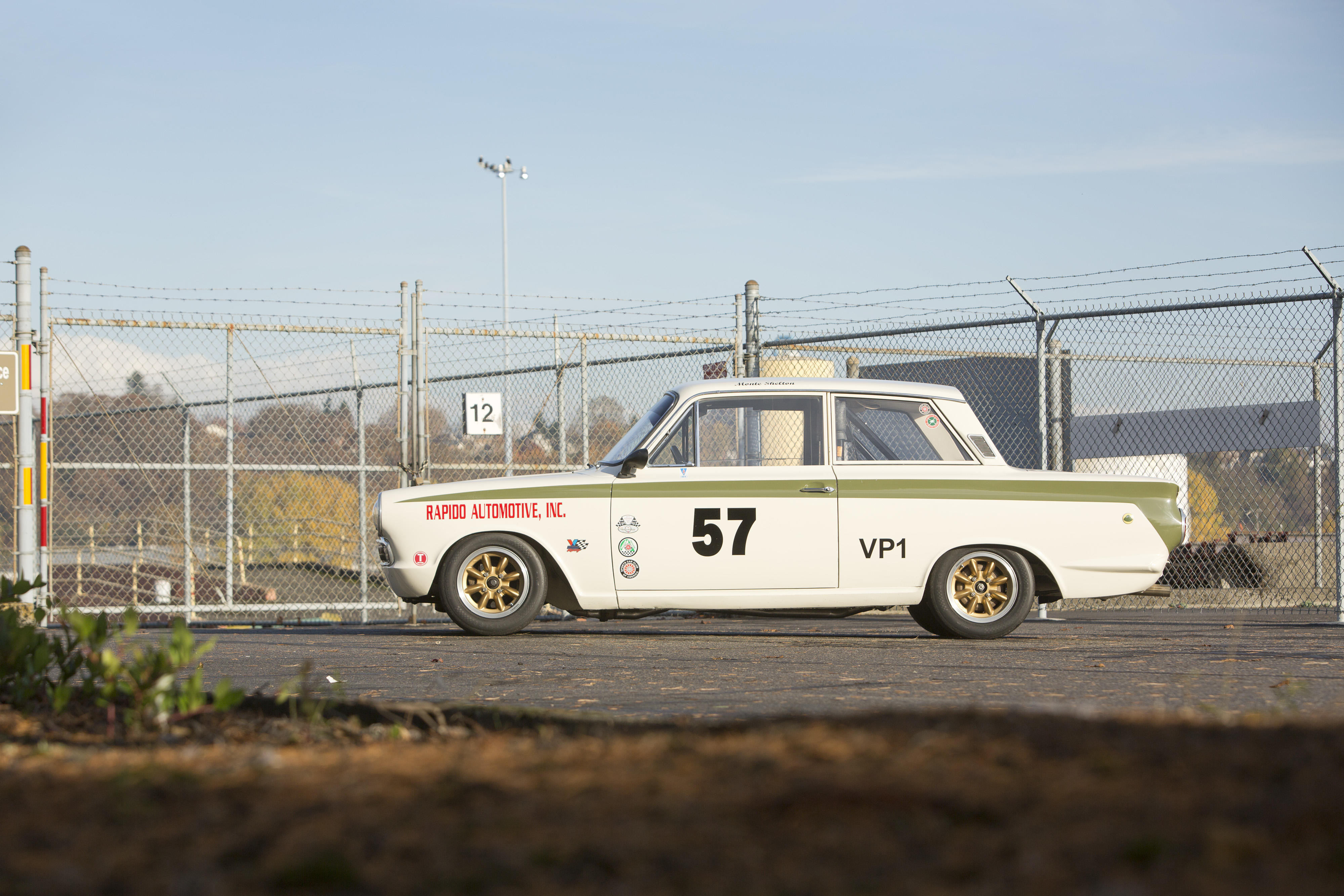
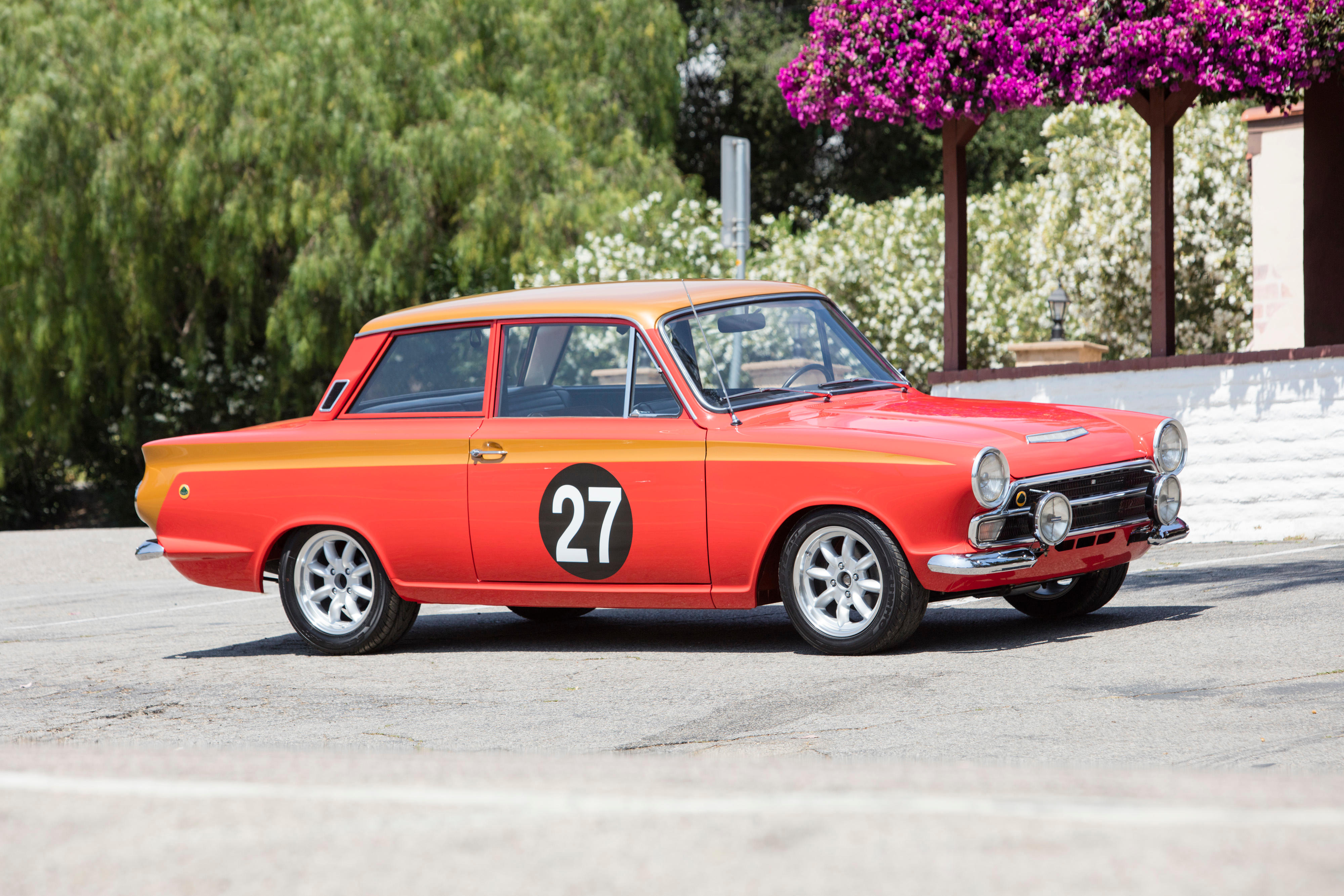






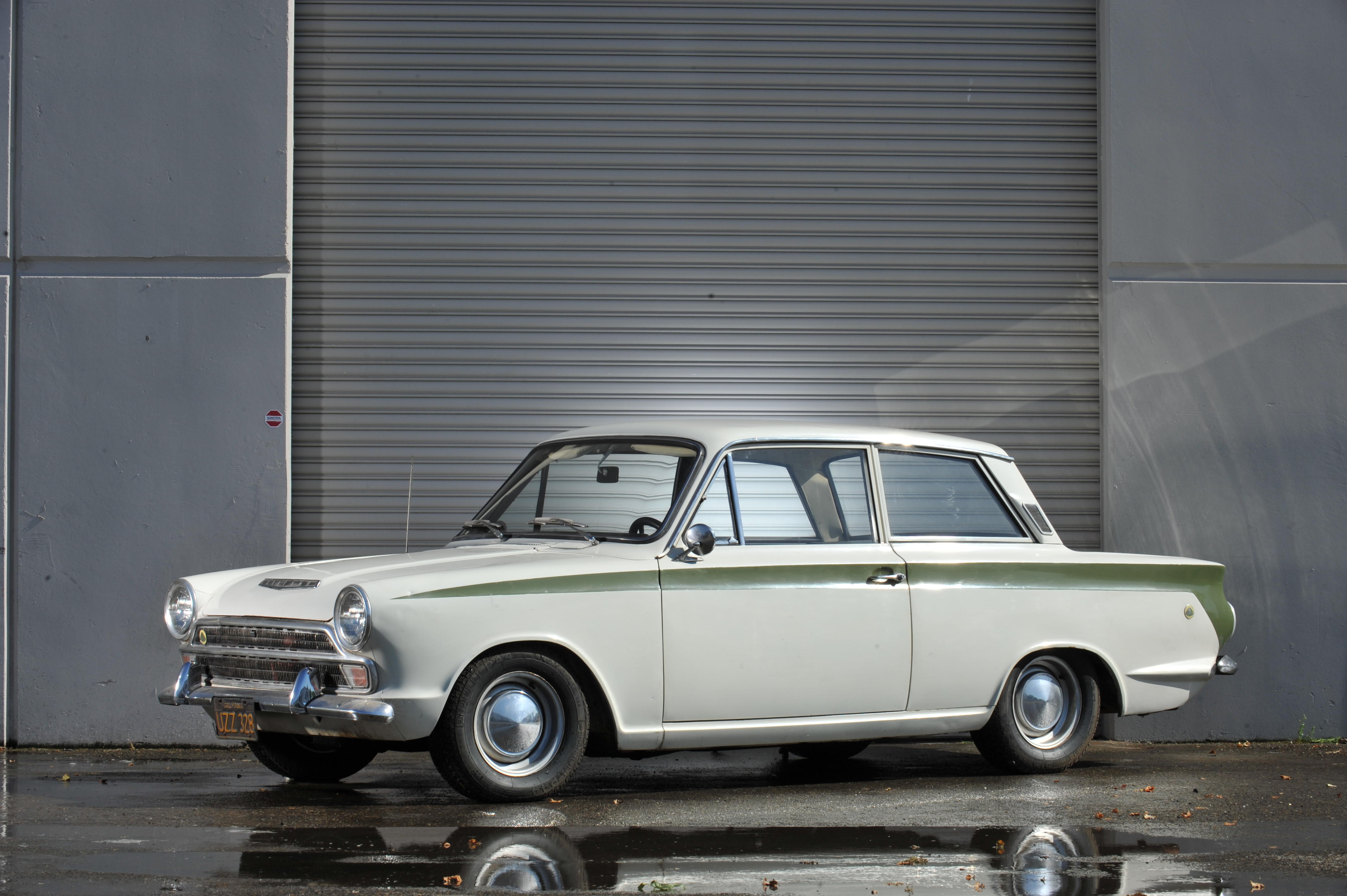




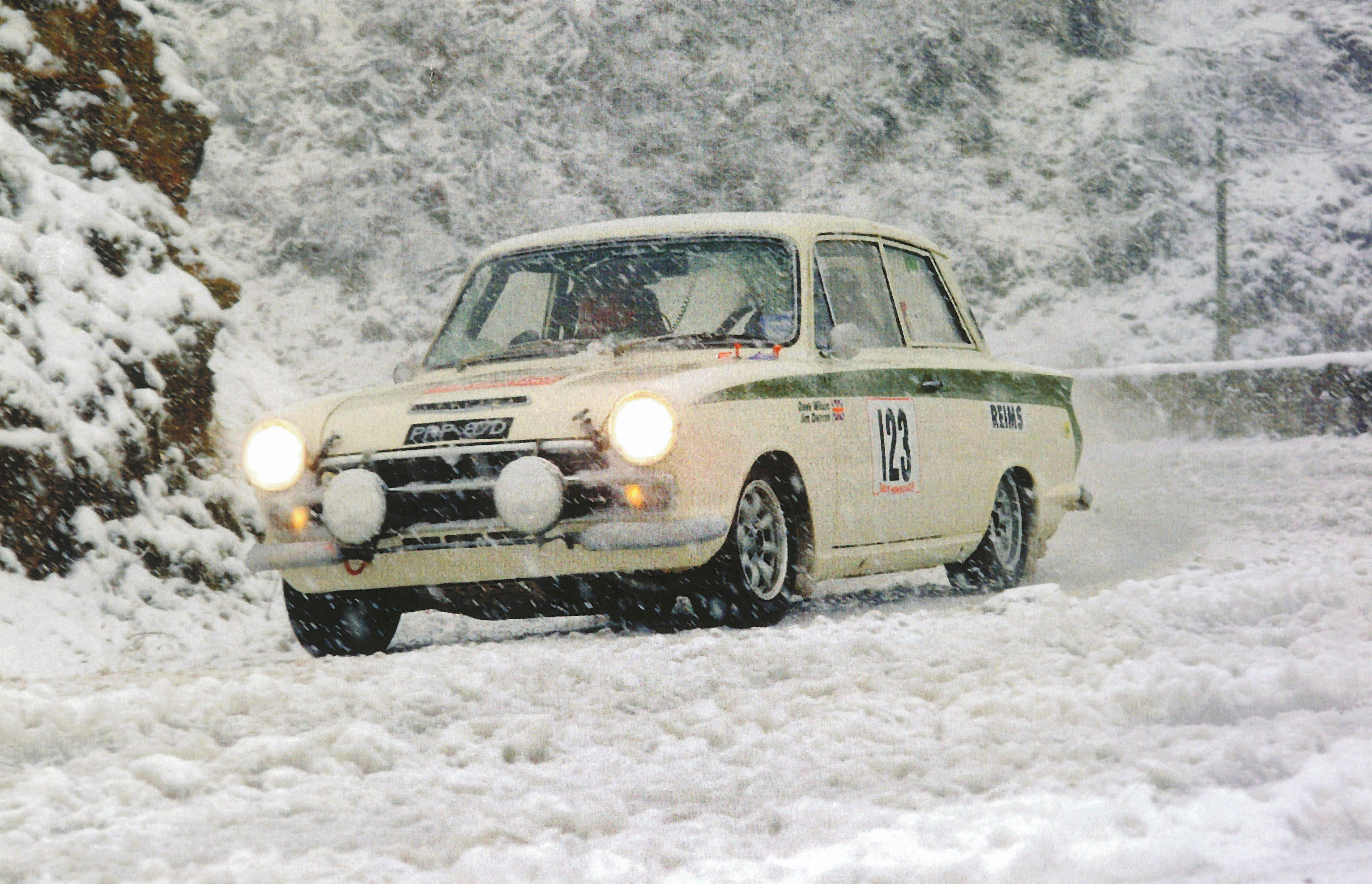
Testen Sie LotSearch und seine Premium-Features 7 Tage - ohne Kosten!
Lassen Sie sich automatisch über neue Objekte in kommenden Auktionen benachrichtigen.
Suchauftrag anlegen